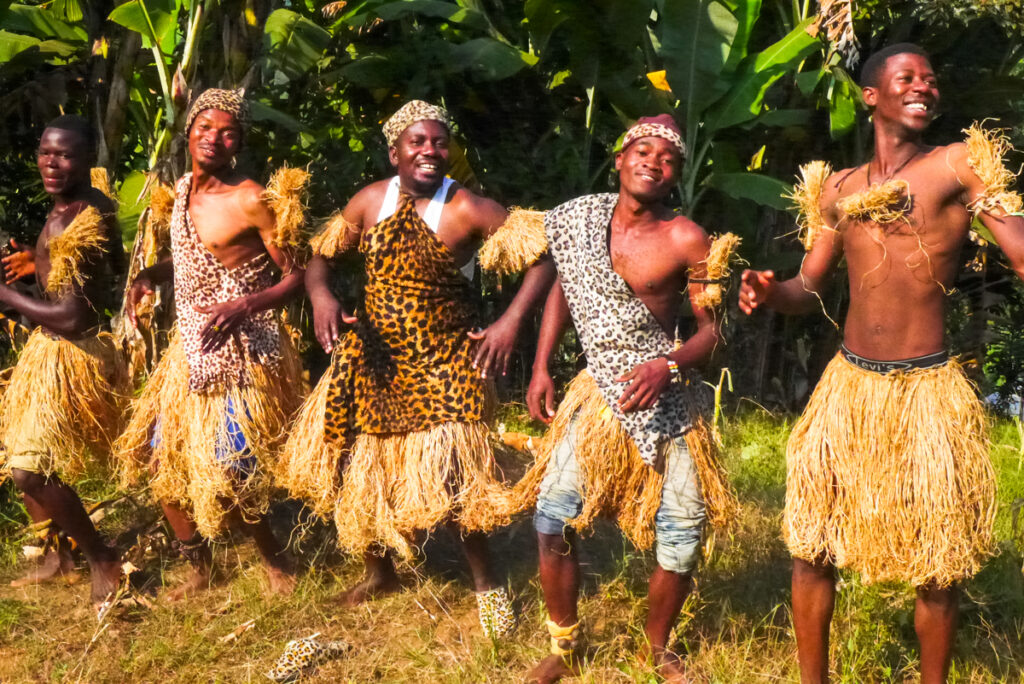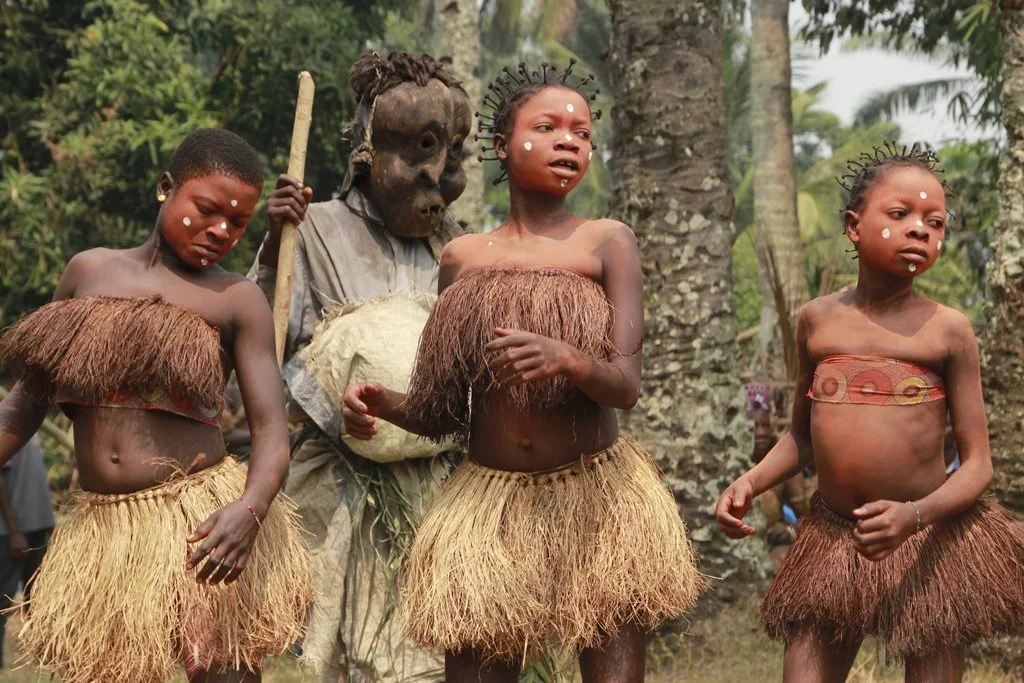Culture of the Congo People
Culture of the Congo People, Congo’s Cultural Heritage The term “people” mainly refers to the lifestyle, historical standards, daily actions, and interests of the Congolese population. Africa is home to two nations named Congo: the Republic of Congo, commonly referred to as Congo Brazzaville, and the Democratic Republic of Congo, previously known as Zaire. Both of these countries are located in the western region of Africa. Despite their distinct governance and status as independent nations, these two countries share many cultural elements, while others have diverged throughout time. Congo’s Cultural Heritage Culture is typically characterized as the lifestyle of individuals, encompassing their ideas, conventions, and habits. Culture has served as a distinguishing factor among individuals from ancient times, as it enables the differentiation of various groups of people. Culture aids individuals in self-identification and comprehension of their behaviors. If the local culture is disregarded by visitors, the indigenous population is likely to be displeased. Therefore, it is crucial to consider the cultural practices of the residents in the area you intend to visit.

Both Congos have French-speaking populations, however they encompass a variety of distinct ethnic communities within their territories. The Republic of Congo was formerly part of the French colony of Equatorial Africa, and French is widely spoken throughout the nation. The Congo was named after the Bakongo people who inhabited the area. They are among the Bantu speakers historically referred to as ‘Bakongo.’ The Congolese culture of the Democratic Republic of Congo features a local meal regarded as their national food, known as “Moambe.” Moambe chicken is a delicacy consisting of chicken prepared with spices and palm butter, resulting in a thick, creamy sauce. It can be accompanied by rice and saka saka, which consists of crushed and boiling cassava leaves.
The Culture of the Congo People indicates that there are around 250 distinct ethnic tribes in Congo, resulting in the presence of up to 250 languages, including Kikongo, Tshiluba, and Lingala, which are recognized as the national languages of the Democratic Republic of Congo with Swahili. The population of Congo predominantly consists of Christians, with a minority of Muslims. Approximately 50% of the population identifies as Roman Catholic, around 30% as Protestant, while the remaining 20% consists of Muslims and non-believers. The western region of Africa is characterized by a robust traditional framework that venerates supreme deities, supported by lesser gods, spirits, and ancestral forces. These minor deities, spirits, and ancestors serve as intermediaries between the living and the deceased. The Culture of the Congo People in the Democratic Republic of Congo and the Republic of Congo is characterized by a profound reverence for their deities; therefore, it is imperative to respect their cultural beliefs and avoid any form of offense. Other individuals belong to the genuine religions of the nation, identified as Kitawala and Jamaa, which were guided by religious authorities. Over time, these two religions garnered a substantial following, resulting in conflict with the government, who suspected that the leaders might be misinterpreting Christian doctrines for personal gain.

Congo’s Cultural Heritage Individuals are affluent in the artistic domains of music and fashion, possessing the most authentic and globally famous works. The Congolese art sector is distinguished by a plethora of authors who have been active since the early 1970s, including notable figures such as Leonie Abo, Thomas Kanza, Patrice Lumumba, Kama Kamanda, and Elebe ma Mikanza Mobyem, among others. Several additional authors have concentrated on documenting the 14-year Congolese war, which has resulted in nearly 6 million Congolese fatalities and perpetuated ongoing regional instability. The theatrical arts have been evolving and have existed as long as written expression has been around. The theaters are predominantly located in Kinshasa, where talent is more valued and cultivated. The performances are executed by local actors, while the screenplays are authored by Congolese writers. This venue showcases exceptional talent, with many performances illustrating African culture and lifestyle. Notable productions include Théâtre National, Minzoto Wela, and Groupe Salongo, which have received significant acclaim.
The music from Congo has been impacting many scenes both domestically and globally, prompting diverse audiences to engage in dance. Many musicians perform in their native Lingala language, incorporating a blend of French and African rhythms that are readily enjoyable. Congo music originated in colonial museums in 1947, including prominent musicians such as Joseph Kabasele, one of the pioneers. It continues to be appreciated in the 21st century, with internationally acclaimed artists like Papa Wemba, Koffi Olomide, and Fally Ipupa. The music of Congo is the source of several popular dances, including Kwasa Kwasa, Cavacha, Caneton, and the widely recognized Ndombolo. This may represent the most affluent and commonly acknowledged culture of the Congolese people. The musical prowess in Congo is remarkable, with the majority of their compositions being dancehall, frequently played at dancehalls or celebratory events.
Culture of the Congolese People
The Culture of the Congo People indicates that the renowned Kitenge attire is a West African brand, widely adopted by the Congolese, who have been adapting its styles to align with contemporary trends. The Congolese are stylish individuals who regard fashion with utmost seriousness. Seize the opportunity to purchase a fragment of this cloth from the souvenir stores at your destinations. Additionally, there are additional authentic Congolese artifacts available, such as masks and art works inspired by Picasso.
